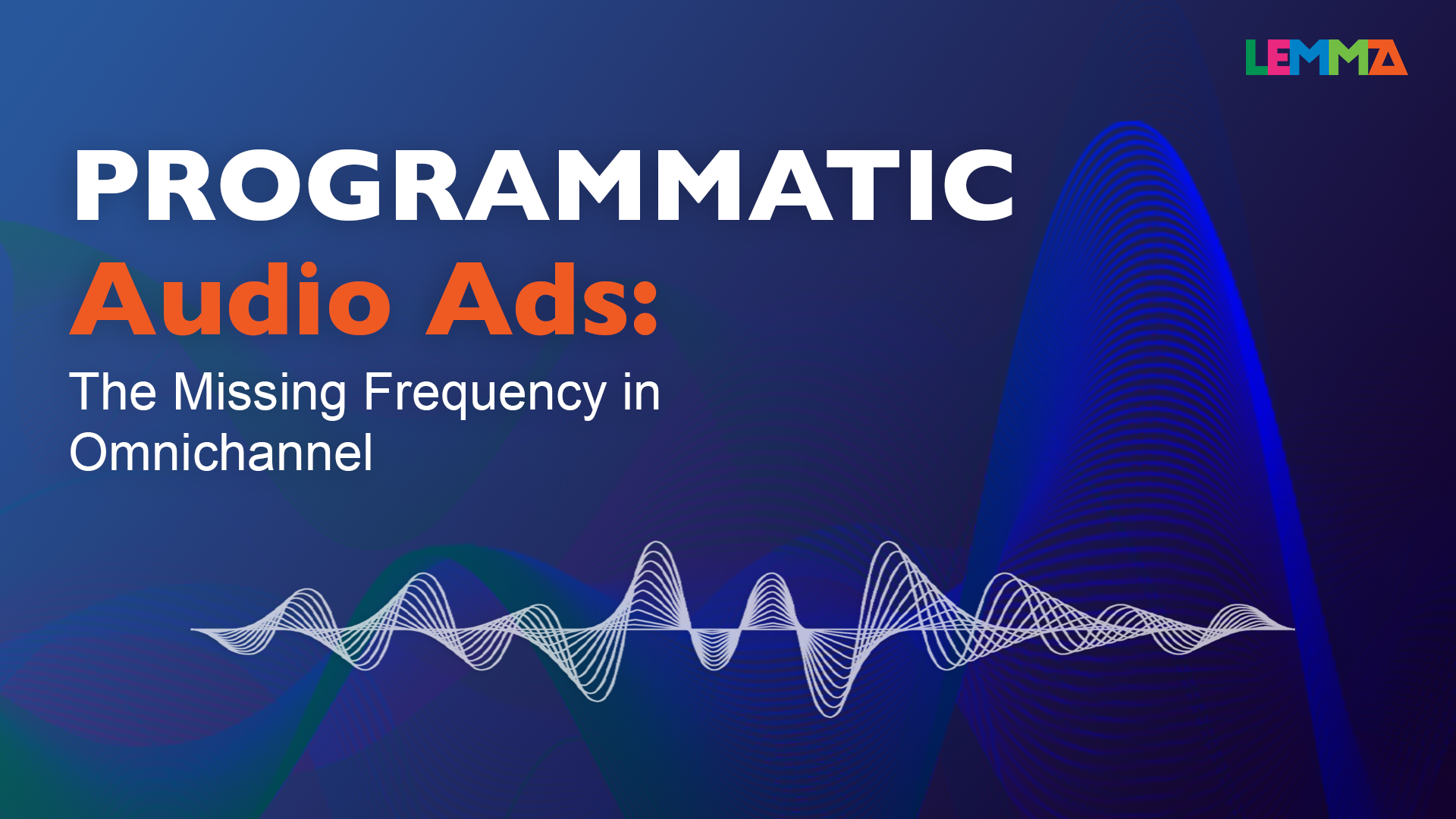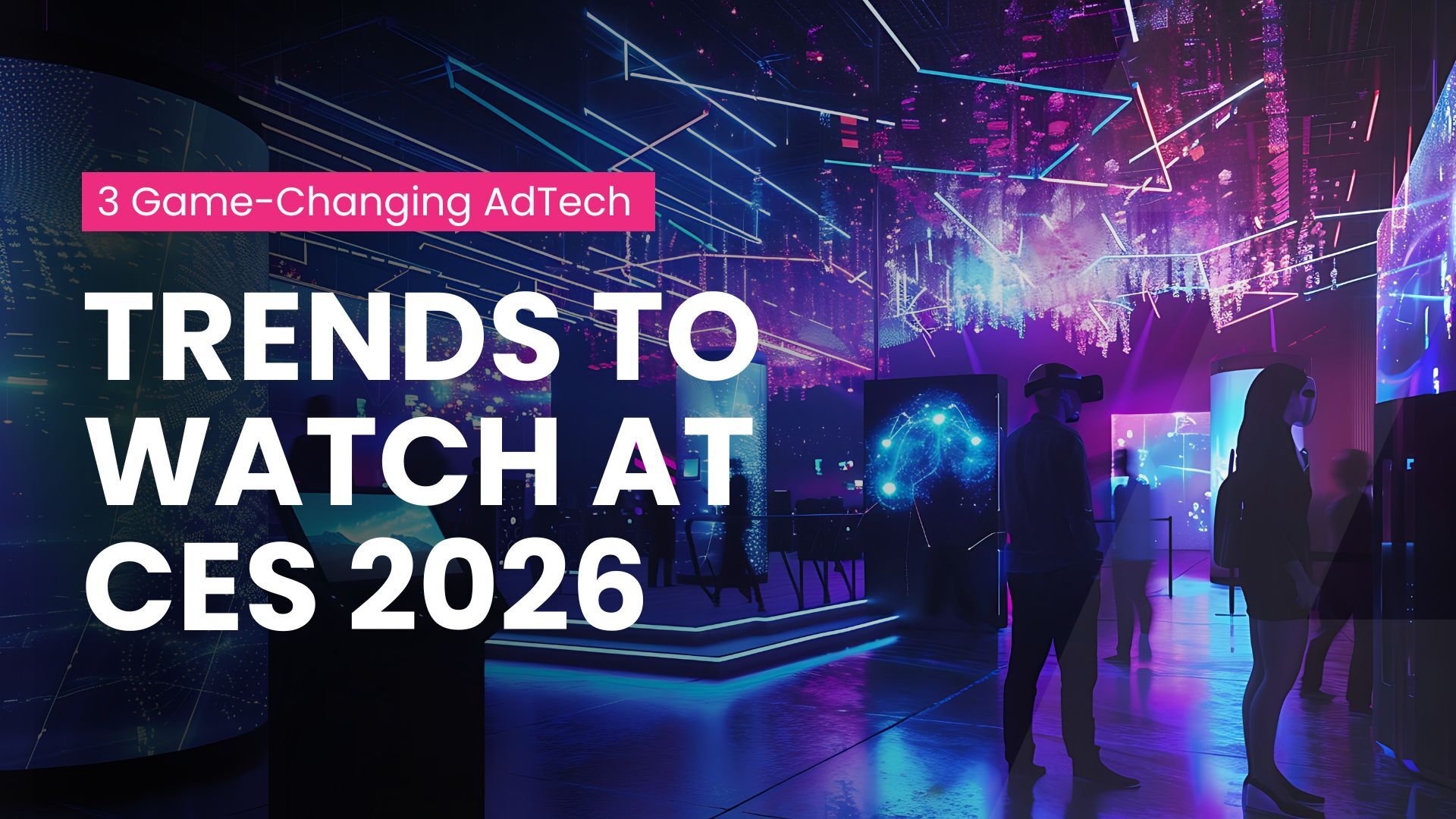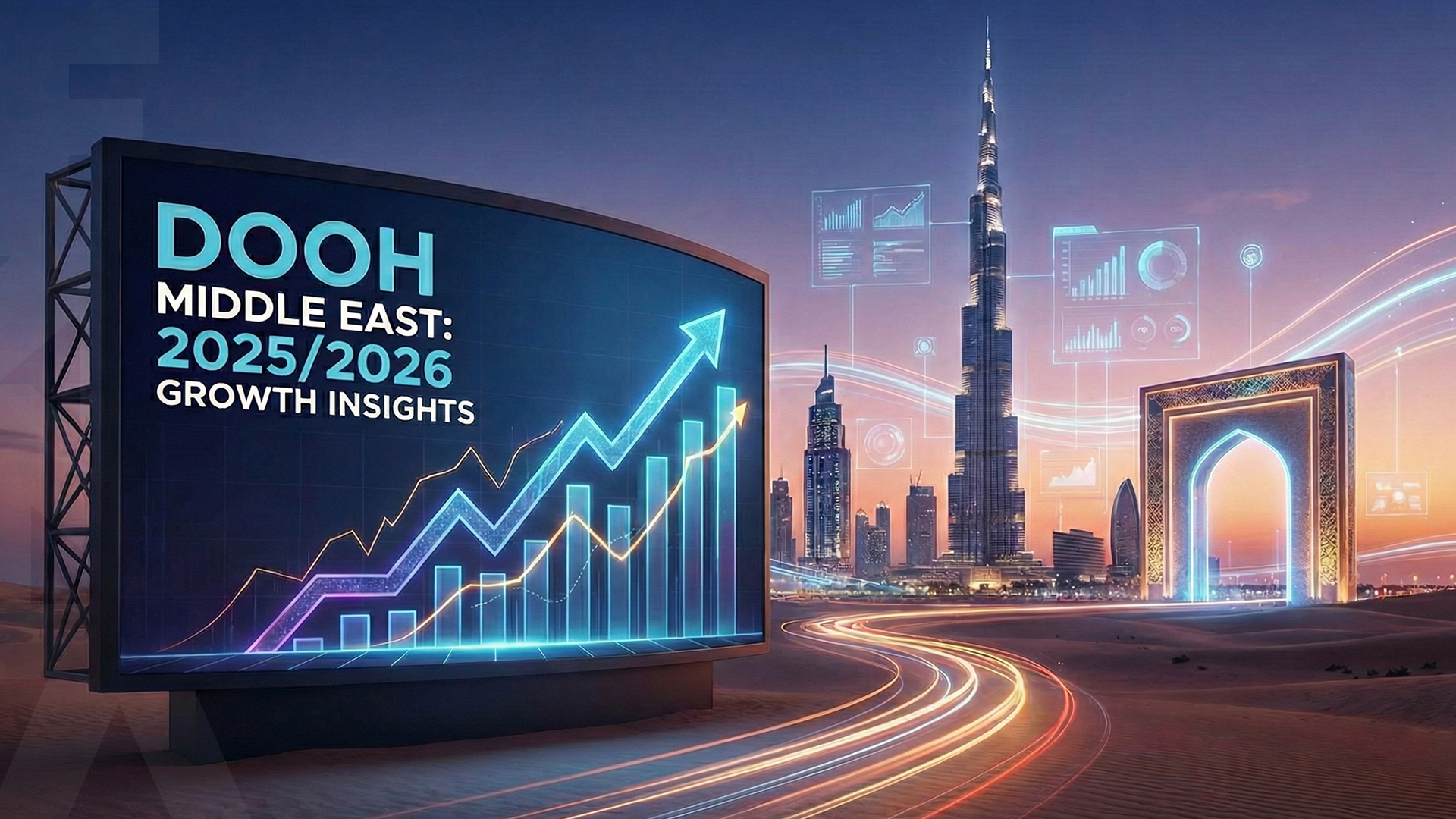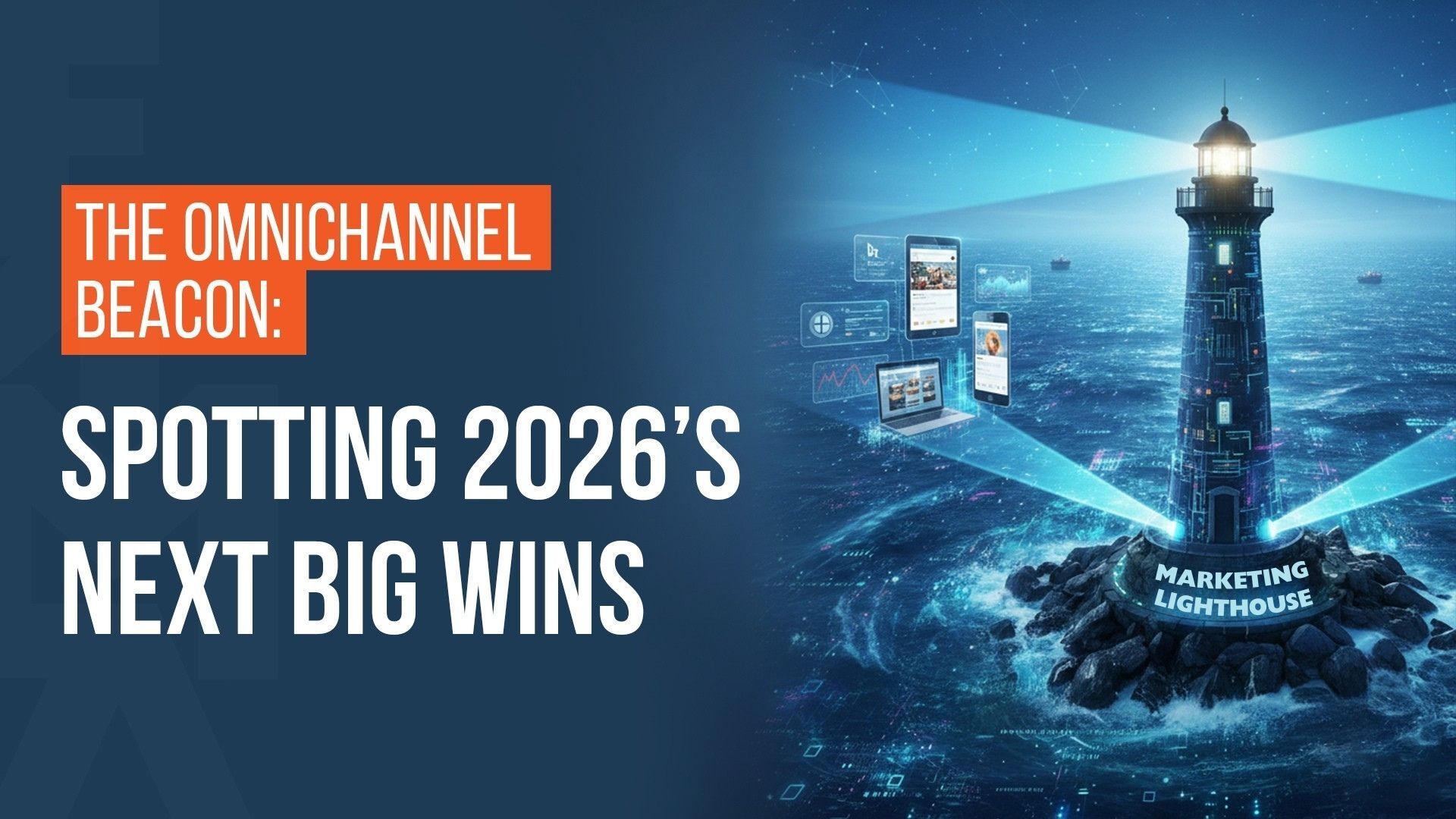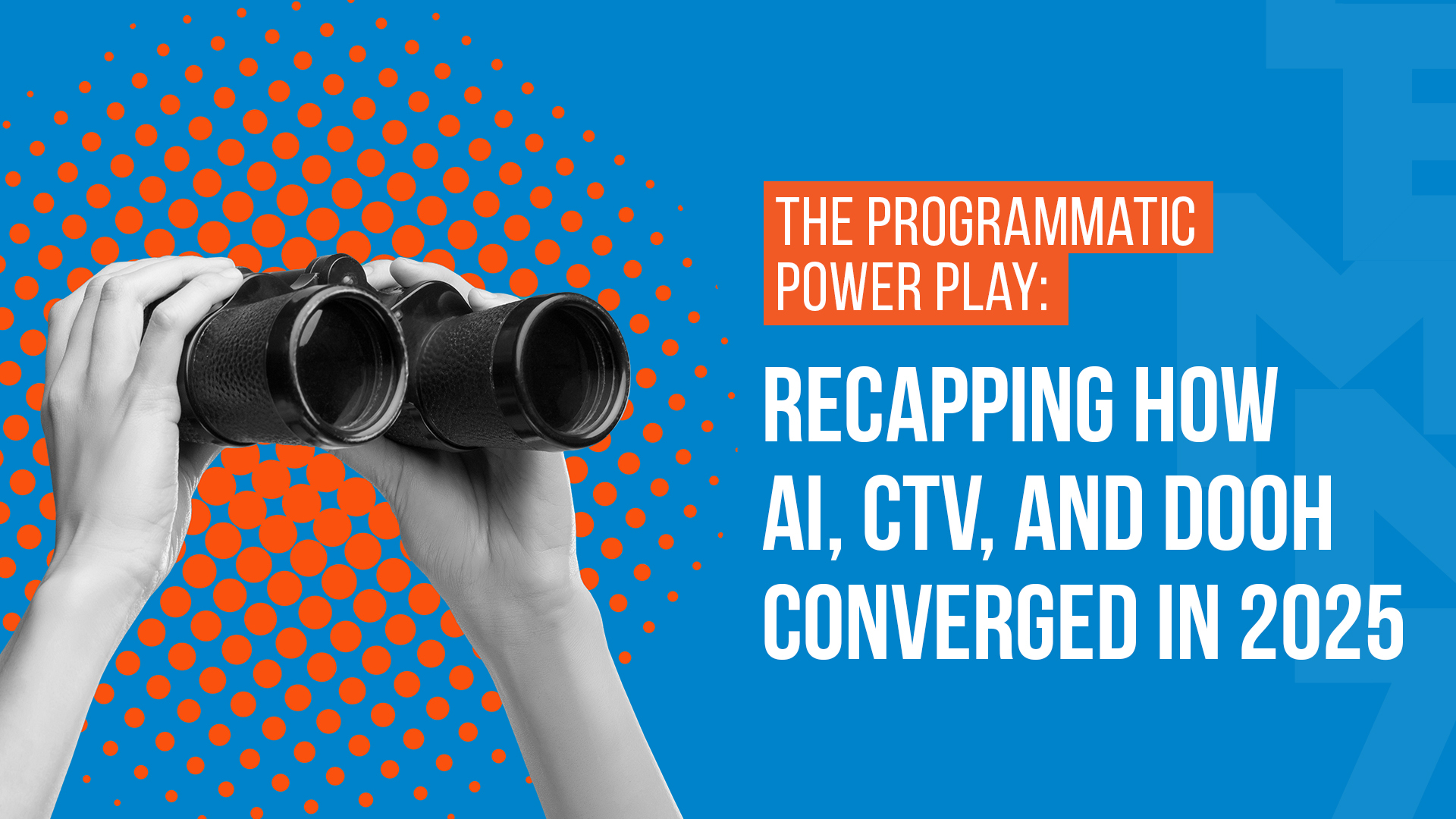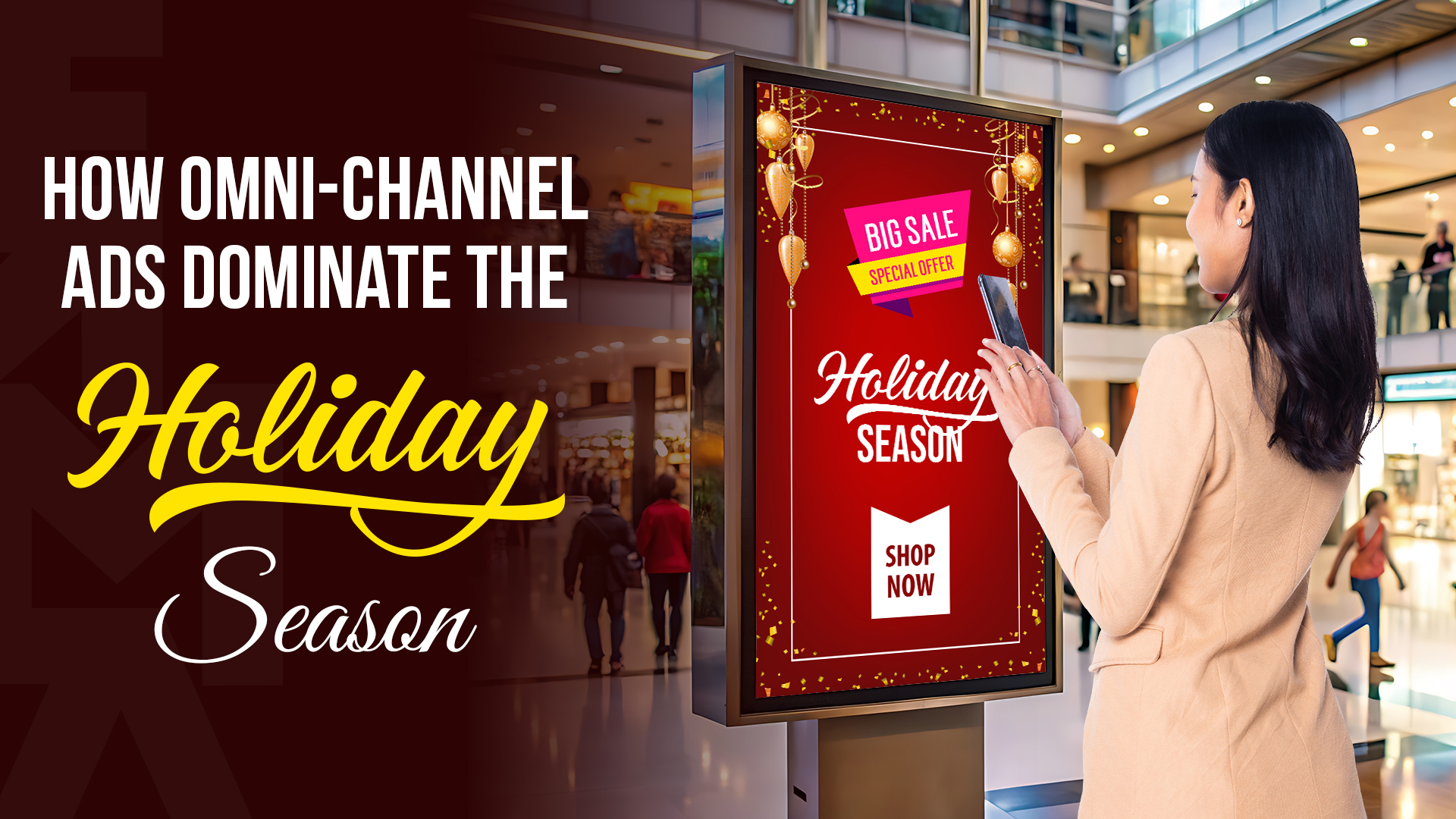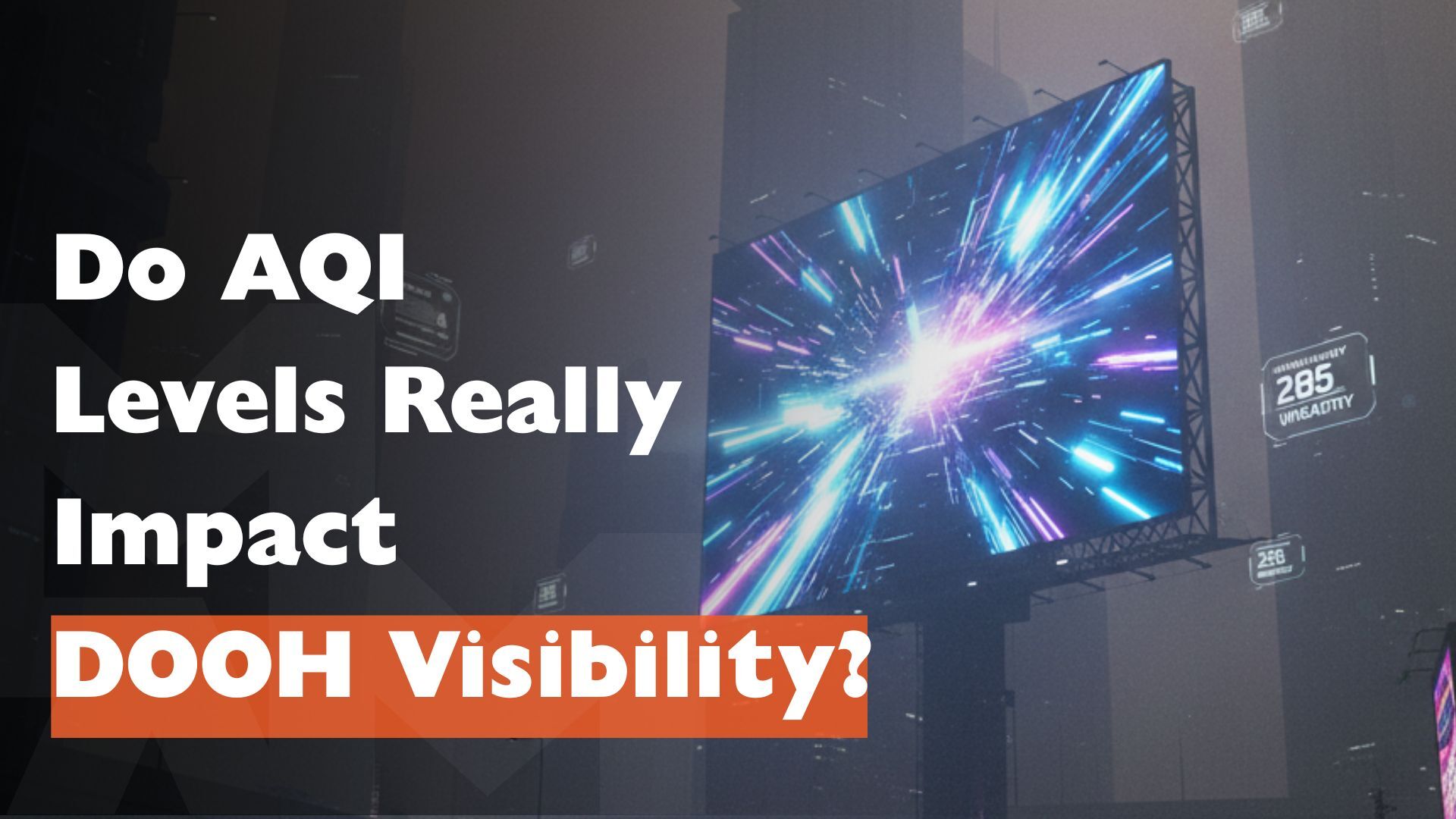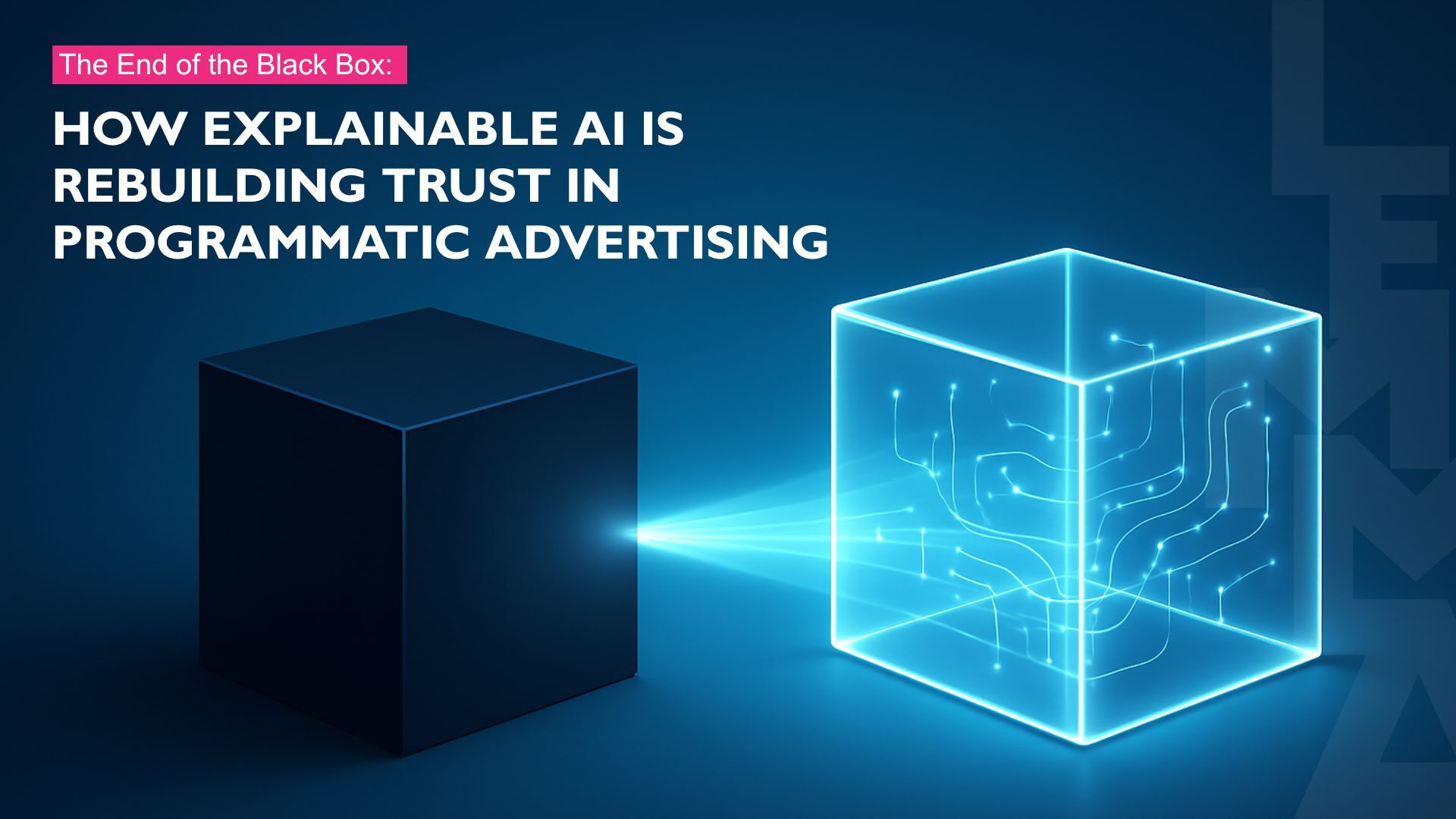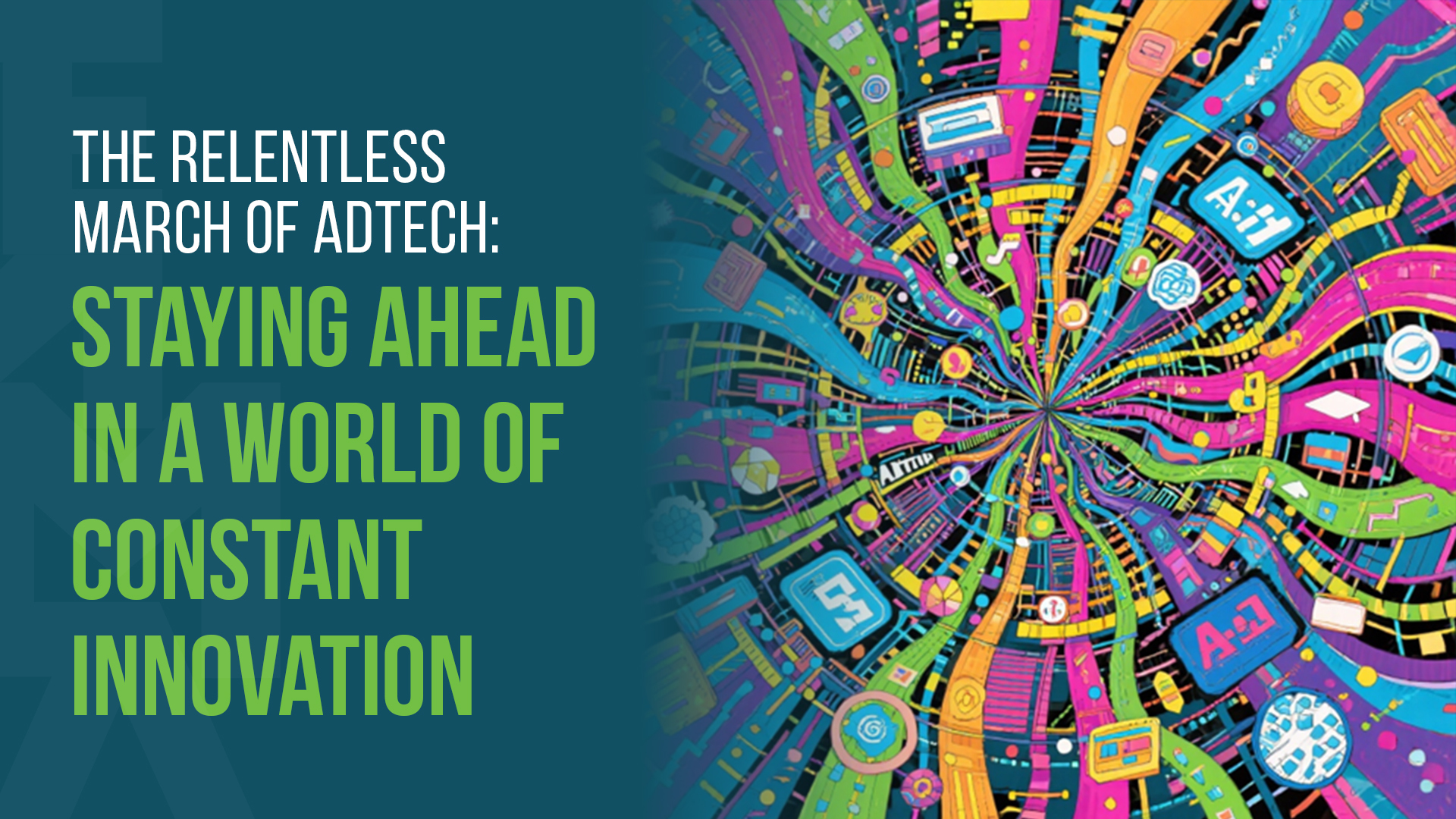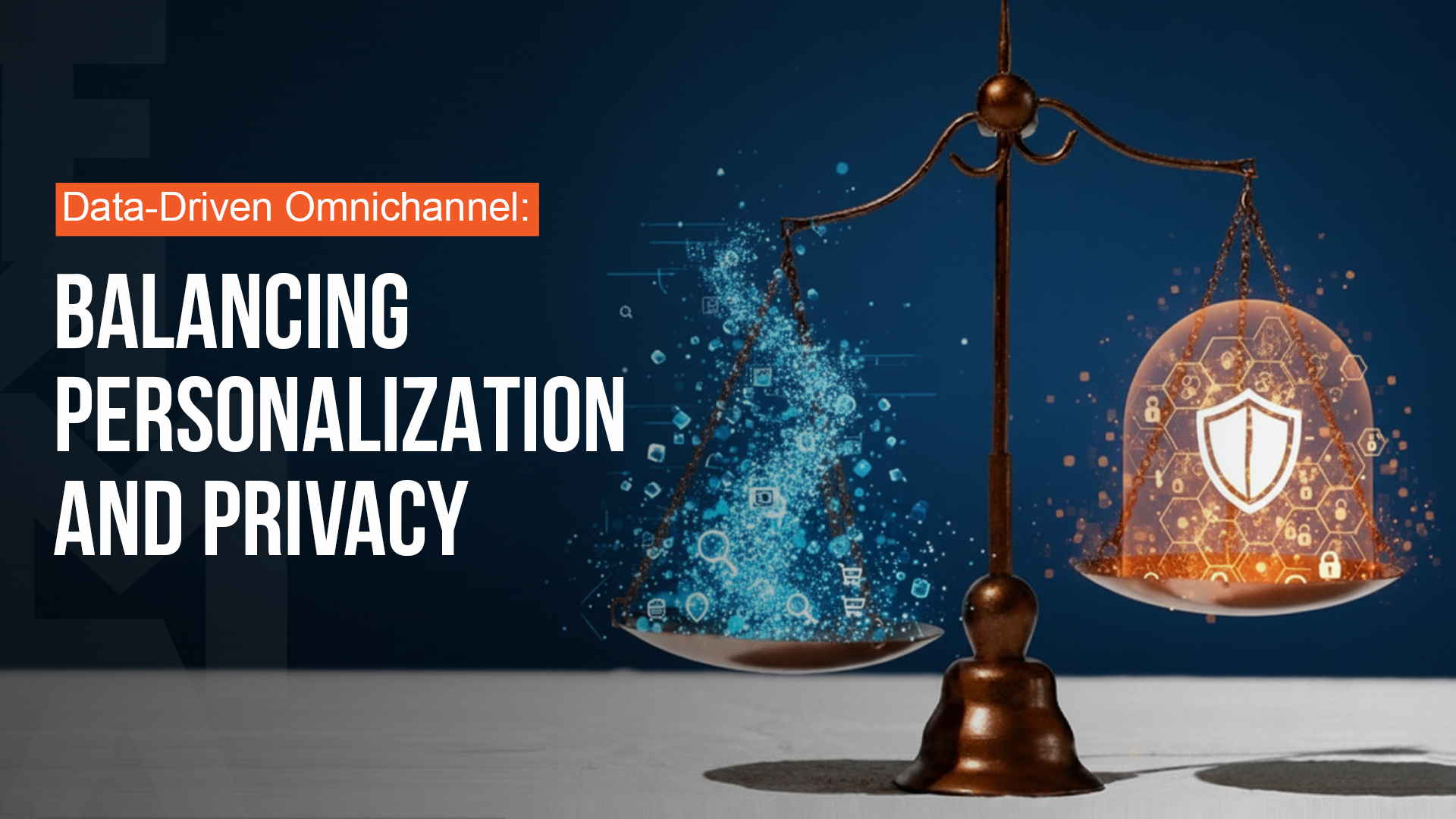We’re listening more than ever. Audio has become the backdrop of our day — in commutes, workouts, work hours, and everything in between. And in 2025, it’s no longer just soundtracking our lives — it’s evolving into a $2.26B opportunity for brands in the U.S. alone (SiriusXM/eMarketer). Quietly but surely, programmatic audio has stepped into the spotlight. With 84% of podcast ad revenue now coming from dynamic insertion (Insivia), the format has gone from passive to powerful. The global podcast ad market is already worth $19.36B, and is growing fast with a 10% CAGR projected through 2030 (Grand View Research).
Yet in the broader omnichannel landscape, audio still feels like the piece that hasn’t been fully plugged in. Let’s dive in to understand how programmatic audio is catching up with the rest of the media mix.
From Niche to Necessary
Audio advertising used to be simple. Drop a 30-second spot into a show and hope for the best.
Today, it’s built on precision. It’s data-led, automated, and responsive. Programmatic audio lets brands place their ads mid-podcast, mid-commute, mid-gym session — and serve messages that make sense in the moment. With AI powering delivery, campaigns are showing up to 30% better results than traditional audio methods (AdTonos, ExchangeWire). That’s not just broader reach — it’s sharper relevance.
Why Everyone’s Tuning In
- Smarter Targeting That Moves with Mood
Today’s audio targeting isn’t just personal — it’s predictive. With AI at the core, platforms now read mood, moment, and media behavior in real time to serve ads that align, not interrupt. It’s mood-aware, intent-based, and constantly optimized. And it’s working: 81% of agencies say AI has boosted contextual relevance in programmatic audio (Geomotiv), with AI-built pipelines delivering up to 30% stronger creative outcomes (AdTonos). This is no longer automated advertising — it’s intelligent delivery, driven by emotion and data.
- Privacy Isn’t an Afterthought Anymore
As cookie-based targeting gets phased out, audio’s reliance on first-party listening data — the kind users knowingly share — gives it a distinct edge. Programmatic makes that data usable at scale. A hydration brand surfacing during a fitness playlist works not because someone was tracked across 15 websites, but because the context and moment are in sync. That’s relevant without intrusion.
- Ads That Adapt and Perform
Audio creative is getting smarter too. With dynamic creative optimization (DCO), ads can adapt their tone, offer, or even message based on context — just like display or video formats. And voice-enabled formats are making audio interactive. Users aren’t just hearing ads — they’re responding to them. Say-through rates are hitting 7–10%, and 38% of listeners say voice ads feel less intrusive than traditional formats (Adobe). Compare that to how people feel about banners or pop-ups, and the difference is clear.
- Publishers Are Powering Their Own Exchanges
In 2025, audio platforms aren’t just streaming content — they’re building infrastructure. Many publishers are launching their own programmatic ad exchanges, giving brands direct access to premium inventory across music, podcasts, and digital radio. This reduces reliance on third-party intermediaries and gives advertisers greater transparency, cleaner data, and more control. For publishers, it’s a strategic move toward better monetization, brand safety, and a bigger slice of programmatic spend.
- Inventory That Moves with Your Day
Audio is no longer confined to streaming platforms. With 90% of new vehicles now connected (Gracenote), programmatic audio sits in the front seat. It’s also embedded in mobile games — where it’s delivering 25–30% brand recall (Playwire) — and in physical spaces like gyms, malls, and airports. In short, audio is everywhere the listener is. And with programmatic pipes behind it, brands can manage it like any digital format: in real time, with complete flexibility. From dynamic bidding to mid-flight creative swaps, advertisers have more control than ever — and more insight into what’s working.
At Lemma, we believe this is just the beginning. As the industry moves toward a unified, audience-first approach, programmatic audio isn’t just another format — it’s a critical bridge between screen-based and screen-free touchpoints. While programmatic audio is currently a work in progress (WIP), we recognize its immense potential and are actively working to integrate it. We believe it’s a vital component of future-proof advertising, allowing brands to connect with audiences dynamically across the evolving audio landscape. Our aim is to provide a truly unified platform where all your advertising, including programmatic audio, is seamlessly managed and optimized. Stay tuned as we expand our comprehensive omnichannel capabilities!
Audio always had the audience. Now it has the data, the tech, and soon, the platform to match. Stay tuned.
